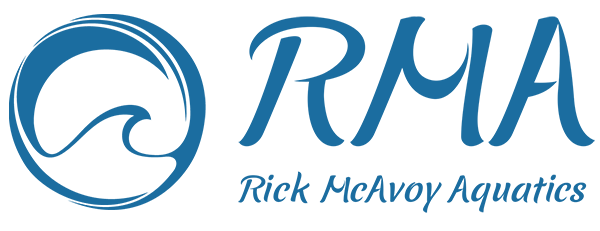Find Your Golf Strength in the Water
Golfers need to have muscle strength combined with flexibility for an efficient, reliable golf swing. Any weakness at any joint through any section of the motion will create a breakdown in the golf swing.
Strength training for golf is very important to help with overall performance however, certain traditional strength training techniques such as lifting weights in one plane or using traditional machines greatly limits the functional strength that is needed for an efficient, reliable golf swing. This approach eliminates the need for your body to create and maintain stabilization through a full range of motion while performing an exercise. This ability to stabilize is exactly what is needed in golf and therefore must be heavily incorporated into a golfers exercise routine.
The core muscles primary role is to provide stabilization for your spine and around the hips. Your arms and legs can only generate as much force as your core is able to stabilize. Research has shown that athletes with higher core stability have a lower risk of injury.
Using the water to improve strength and increase stabilization is very helpful.
The waters surrounding properties provide three-dimensional resistance inherently, so the muscular and neurological systems receive a more comprehensive training effect than land based training.
Water provides an accommodating resistance meaning the harder you push the water, the harder the water pushes you back. So no matter how strong or weak you are, you control the amount of resistance which is a very safe and effective way to train.
The water can help to enhance both dynamic flexibility and strength simultaneously. Having resistance in multiple directions builds balanced muscle strength and also helps reduce the risk of injury when working out.
Many golfers are not very familiar with strength training and using the water is a great option to assist with training fundamental movement patterns. Once these patterns are established then land based training and loading can occur.
Most injuries typically occur in the rotary plane.Training rotational movements in the water is much safer because there is minimal gravitational influence compared with land based training.
Training in the water can be a great cross training tool and can help you break through a training plateau.
Try getting in the water at chest level with feet shoulder width apart. Perform a basic cross country arm motion keeping a good upright posture with your core and buttocks muscle engaged and your elbows straight. Move slowly at first and then really increase your speed. Now perform for 1 minute........ Feel the difference?
By Incorporating the water into your golf training program you will be able to play longer and stronger and reduce your likelihood for injury.
Dr. Rick McAvoy, PT, DPT, CSCS has specialized in Aquatic Physical Therapy, Fitness and Sports Performance for over 30 years. Rick is the Owner Fluid Golf Training, a streaming program to help golfers reduce injury, move better and swing better.
For more information about Fluid Golf Training please visit.

